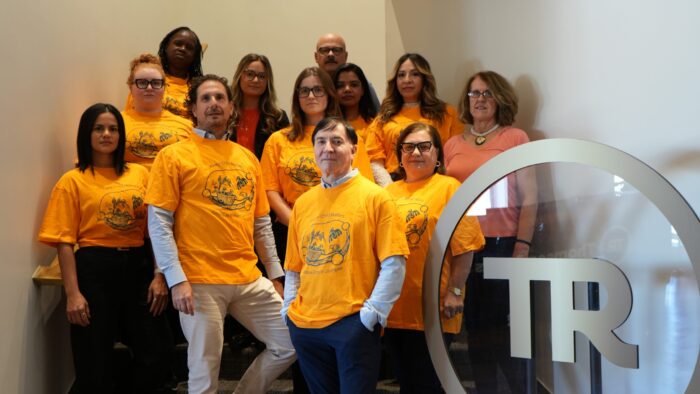Concussion Confusion: Understanding Proper Diagnosis and the Risks of Misdiagnosis
Author(s): Stacey L. Stevens*
September 23, 2024

As part of Concussion Awareness Week, it’s crucial to highlight the importance of proper diagnosis and care for those who have suffered head injuries. Concussions are often misunderstood and misdiagnosed, leading to inconsistent treatment that can delay recovery and complicate a patient’s rehabilitation.
It’s essential for people to understand when a diagnosis might be questionable and how to ensure they are being properly assessed.
When is a Concussion not a Concussion?
Quite often, clients tell me that their chiropractor has diagnosed them with a concussion as a result of their car accident. Normally, this is not something I would question. However, in light of the recent decision in Vigliotti v. Echelon Insurance Company (22-000150), it is essential to ensure that a client’s diagnosis is made by an appropriate health practitioner. Misdiagnosis of a concussion can lead to improper treatment plans and prolonged recovery times.
In this case, Roman Vigliotti was involved in a motor vehicle accident on January 16, 2021. Echelon classified his injuries as falling into the Minor Injury Guideline (MIG). An application was brought to remove him from the MIG due to a concussion diagnosis made by his chiropractor.
Vice-Chair Jan Dymond rejected Mr. Vigliotti’s application and found that there was insufficient evidence to support Vigliotti’s claim that he suffered a concussion as a result of the accident.
In doing so, Dymond stated: “As only three types of practitioners are regulated in Ontario to make a diagnosis of concussion—a physician, nurse practitioner, or neuropsychologist—little weight was given to the chiropractor, Dr. Matheson’s diagnosis of concussion as he is not qualified to make such a diagnosis.”
Vice-Chair Dymond’s ruling is at odds with the information provided by the Ontario Chiropractic Association, which indicates that chiropractors are “trusted first-line experts in assessing, diagnosing and managing a concussion”.
Further, from an evidentiary perspective, Vice-Chair Dymond found that Dr. Matheson did not offer any rationale for the diagnosis, there was no recommendation that Mr. Vigliotti follow any post-concussion protocols and his family doctor did not diagnose him with a concussion.
What Can You Do?
Aside from ensuring that health professionals stay within their regulated scope of expertise, the key takeaway from this decision is there must be consistency in the client’s diagnosis across the treatment team.
In my experience, this only happens when medical records and reports are disclosed to all of the treatment team members and regular team meetings are held to discuss the client’s symptoms and impairments.
Caution must be exercised if you are simply cutting and pasting the clinical history from one report to action. Lastly, clients need to consistently report their symptoms and impairments and the struggles they are having completing their ADL.
At Thomson Rogers, we offer free consultation, so please feel free to reach out to us at any time. We are here to help.
Share this




